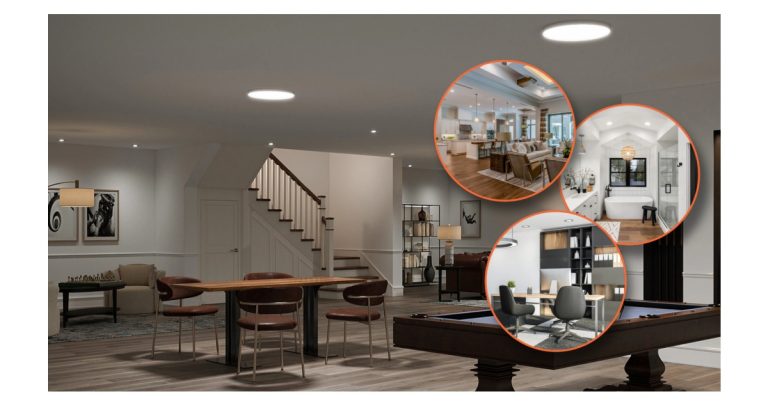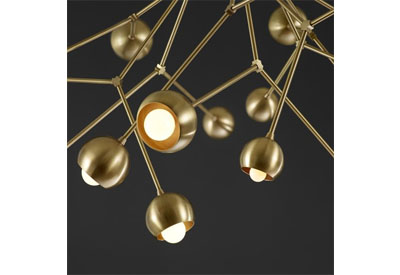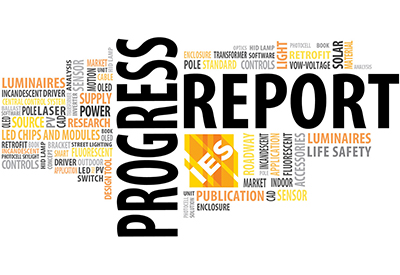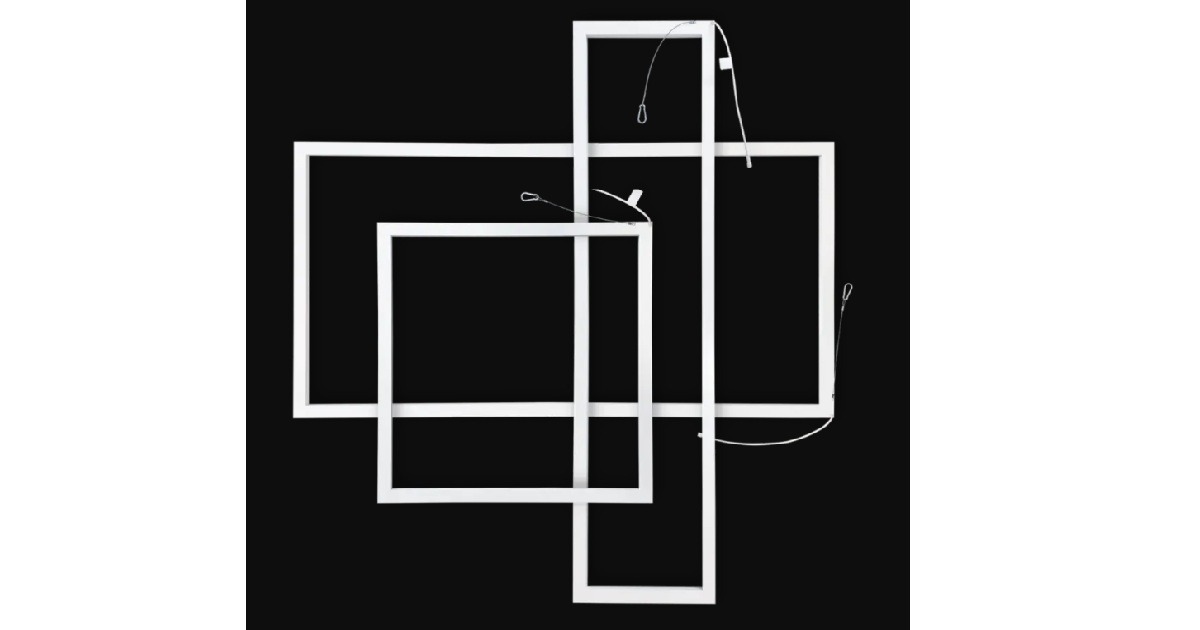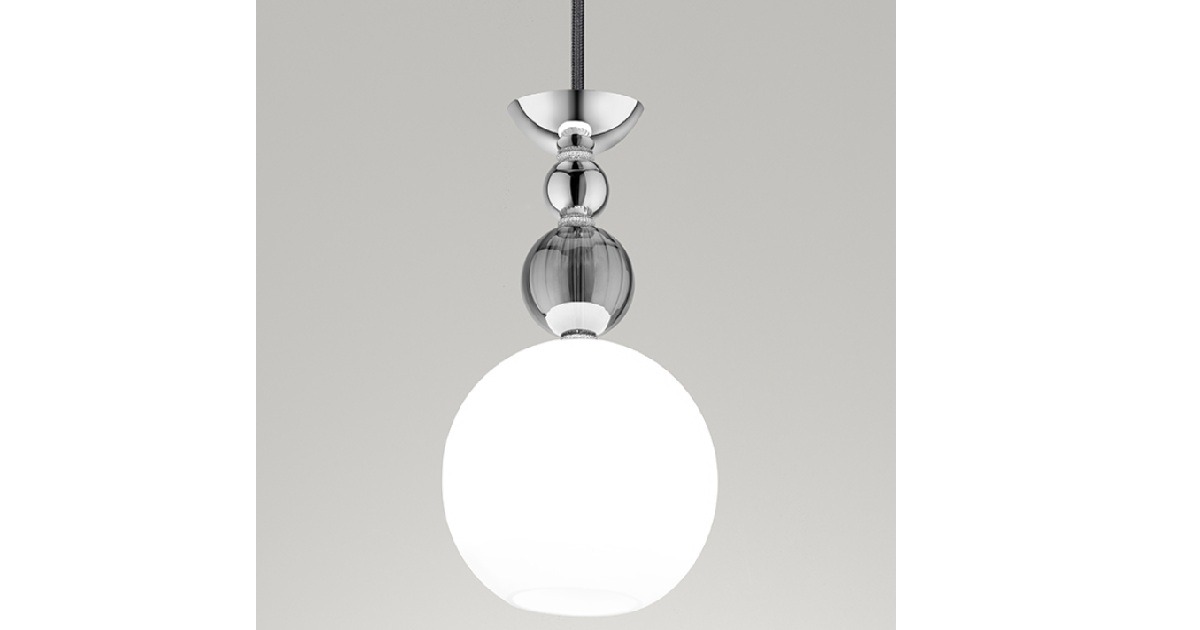Evolution of Lighting and Controls with Dave Hiemstra

January 21, 2019
“I landed in this role quite by accident,” began Optics Lighting Controls Group Manager, Dave Hiemstra, when asked how he came to his current position.
Optics Lighting is an independent firm serving the design and construction markets as a manufacturer’s representative of architectural, commercial, industrial, and residential lighting fixtures. Dave Hiemstra began with Optics Lighting as a project manager, before taking a position as a controls specialist and moving into his current position as Controls Group Manager.
Hiemstra explained that he had an interest in electronics from an early age, initially leaning towards robotics before moving away from the industry entirely. Hiemstra said he would go to garage sales to purchase old VCRs and tape decks, or whatever electronic equipment he could find so that he could take them apart and figure out how they worked. After a couple of years pursuing other interests, he landed his project manager position at Optics Lighting. After working in an administrative position, he began his career in the industry as a project manager with Optics Lighting. Then a new opportunity was brought to his attention.
“Lighting controls as it is today was still in its infancy, and we had recently lost our previous controls specialist, so when I was approached to tackle the very new role I jumped at the opportunity,” he said. “We barely had any idea of what the role should actually be and so we really learned as we grew and started to carve out our role in the industry with respect to lighting controls.”
At the time, controls specialist was a relatively new position. The modern state of lighting controls and its overall potential was a still being realized. And although lighting technology has advanced considerably, there are advancements yet to come.
“When I started, lighting control was still simply contactors, low voltage analog switches and line voltage occupancy sensors,” explained Hiemstra. “Digital technology was available and was slowly being adopted, but in the last 5-6 years we’ve seen a major shift to completely digital devices and a move towards larger integrated systems.”
“One of the biggest developments that has already had a large impact on what I do is wireless lighting control technology,” Hiemstra noted, “It is the single biggest leap I’ve seen that completely changes the way we think about deploying lighting controls and we are really just at the cusp of this new technology.”
EIN asked Mr. Hiemstra about some of the technologies pertinent to his work in lighting and controls.
What are some of the industry advancements that are most interesting to you?
“The concept of IoT (Internet of Things) and the role the lighting industry will play in this rapidly developing market is poised to completely change the way we do business. It becomes very interesting because we are starting to deploy systems that do more than simply control the lighting. In the near future, I believe that the actual control of the lighting — dimming, on/off, schedules — will almost be a by-product of the systems we deploy, where the primary purpose of the system will be uses like space optimization, asset tracking, interior wayfinding, and a host of other functions that haven’t even been dreamed up yet.”
“Intelligent lighting is going to play a critical role in creating net-zero buildings,” he said when asked about the potential of net-zero buildings. “The systems that will come integral to fixtures will be supplying a large amount of data that can support BMS system decisions impacting the energy uses of the building. We may very likely see fixtures with temperature sensors that feed into the HVAC system, or current monitoring per fixture that feeds into load shedding systems, which requires a much deeper integration between various systems.”
In your opinion, what are the next technological advancements that will allow further improvements on energy efficiency? Or that will have the greatest impact on what you do as a controls specialist?
“From a lighting controls perspective, I firmly believe that we are nearing the limits of what lighting controls can do to improve on energy efficiency. There are new technologies on the lighting side of the industry like the upcoming LED laser that promises efficiency improvements that will make traditional LEDs look like energy hogs, but lighting control is going to evolve to encompass more than just energy efficiency. That control beyond energy efficiency will be where we see the largest advancements and the biggest impacts to me as a controls specialist and Controls Group Manager. My role is becoming more about IT and data management, and less about finding the right sized relay or best occupancy sensor for a space.”
Can you tell us about a particular project that you found interesting or unique?
“In the last year we have been involved in retrofitting a few aging high-rise commercial towers where we are deploying wirelessly enabled LED fixtures. Because each fixture has a wireless device, we are simply able to bypass any existing control panels, and there are no requirements to map or re-wire existing circuits. The zoning and control become completely independent of the power to the fixture. In this way we are giving a high-end, total energy management system utilizing their existing IT infrastructure, and the labour is limited to simply dropping old fixtures and installing new fixtures. It’s been incredible to see a system that was previously relegated to large-scale new construction be able to be deployed in buildings that are 20-40 years old with very minimal cost.”
Anything else…
“It’s a very exciting time to be in lighting controls, and we are barely scratching the surface of what we’ll see happen to this industry in the next five years. The technology is going to move fast, and it’s going to become very difficult for the industry as a whole (contractors, consultants, agencies, etc.) to keep up, and we’re going to have to start looking at the communications and data industries for cues on where we need to go to stay viable and useful in the future marketplace.”As the fourth industrial revolution progresses and factories, buildings, construction and so on, become more and more interconnected so to will the various professions those infrastructures employ. And just like Dave Hiemstra posits, communication between those disciplines will be increasingly necessary for the overall progression of industry.
Blake Marchand is Assistant Editor, Panel Builder & Systems Integrator.


